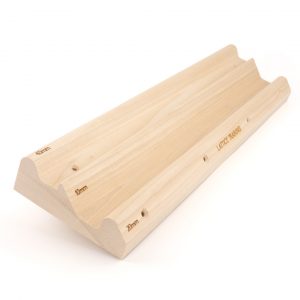Interview with Josh Ibbertson’s Lattice Coach: Ella Russell
Josh Ibbertson, is definitely a name to watch! After a brilliant season so far, making the fifth ever ascent of Northern Lights, 9a in Kilnsey. We interviewed Josh to find out more on his training to date and his season this year (catch the full interview here if you haven’t already), we are now turning our attention to the Lattice coach he has been working with – Ella Russell, to find out more about what it takes to train such an amazing athlete and climber.
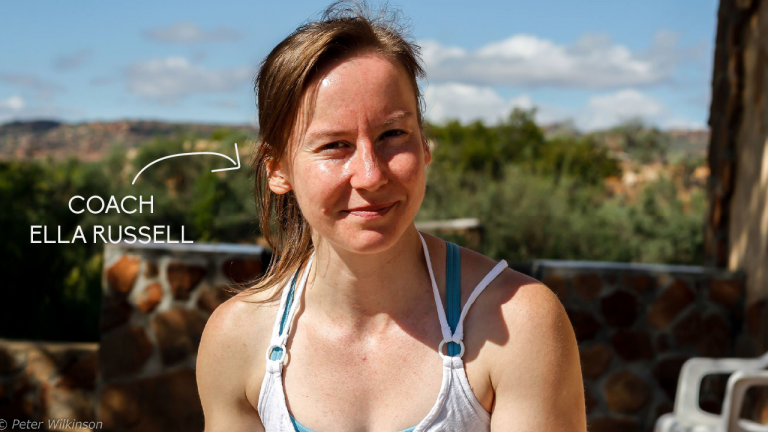
~ Photo credit: Peter Wilkinson.
Lattice: Firstly you must be pretty psyched about Josh’s year overall – let alone the recent 9a tick?!
Ella: Josh has had a great year so far across the board – with limit level redpointing (Northern Lights, 9a and Progress, 8c+), quick ticks (up to 8b+, one very close on the flash!), a second ascent of a tough 8b+/c, plus multiple flashes up to 8a+! So psyched for him!!!!
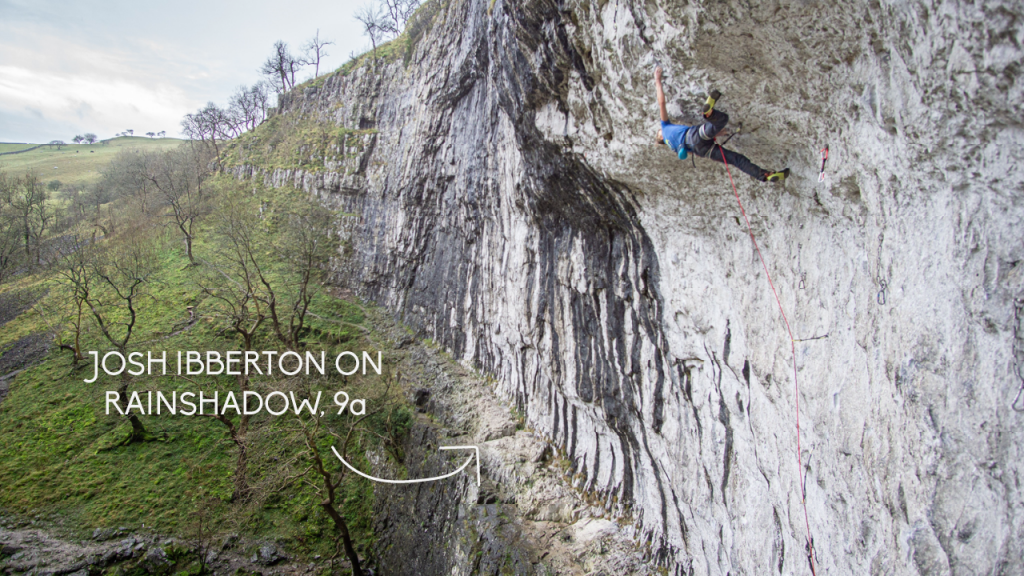
~ Photo credit: Henry Giles.
Lattice: There’s quite a “depth” to performance really…. plenty of grades across the whole spectrum of 8s – do you think this is important to encourage as a coach?
Ella: Yes, absolutely. Just hammering yourself at the top end on limit level projects, or only cruising around on routes that you can comfortably complete aren’t conducive to mastery in your chosen discipline. Josh is exemplary when it comes to thinking about how he can use his outdoor climbing to effectively train for his limit level projects and improve his flash and onsight game.
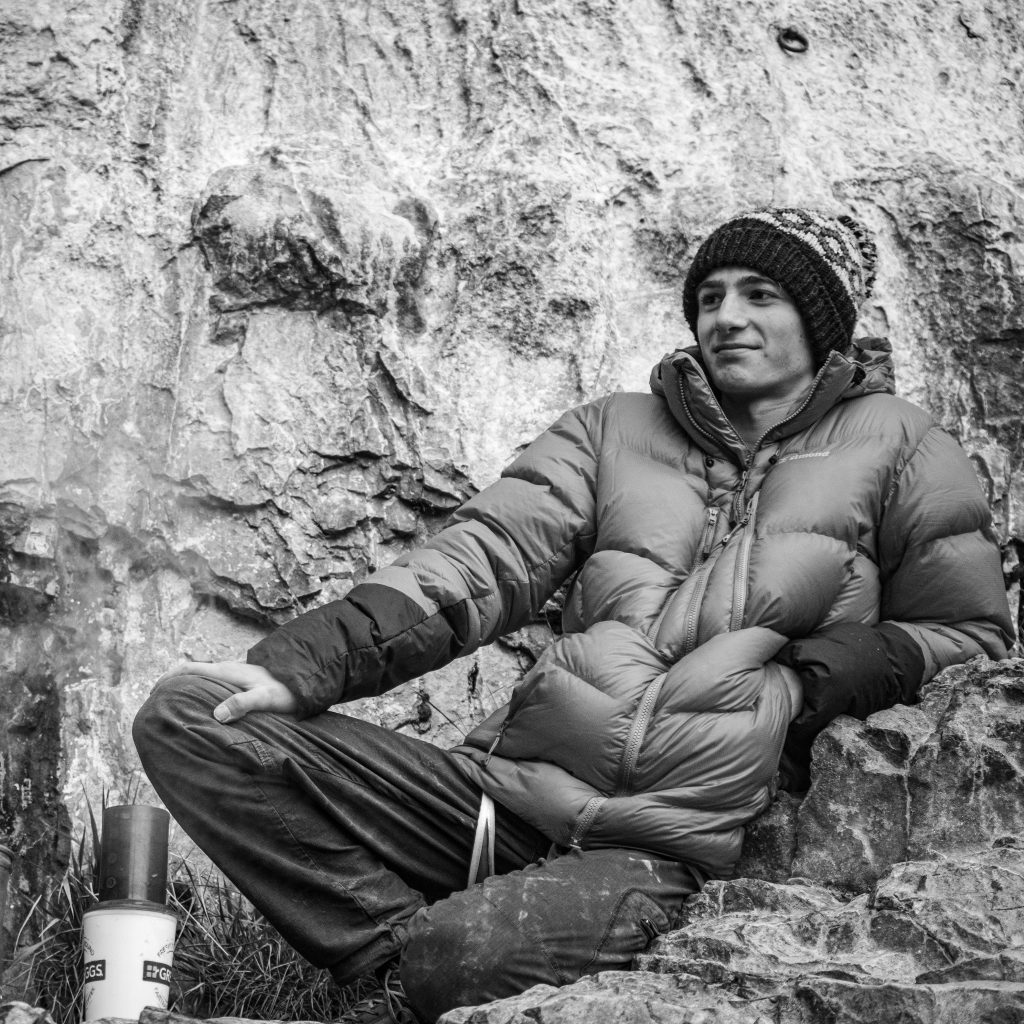
Lattice: Are there any key differences to training a climber in the 9a zone vs the 8a zone? Or is it exactly the same principles?
Ella: In reality there’s no difference when it comes to the principles – these are exactly the same.
However, Josh’s phenomenal training history and climbing background mean that he can handle a much higher load and volume in his training and climbing compared to someone at an 8a level.
There are also no major areas for improvement in Josh’s physical profile for his level, so we’re more focused on making sure that his training is highly specific and relevant to his goals and enhancing what’s already there. When working with individuals at an 8a level, I would say that there are usually more obvious areas to work on in general (although there are exceptions to this!). We also spend a fair amount of time discussing his strategy and tactics (and the weather!)!
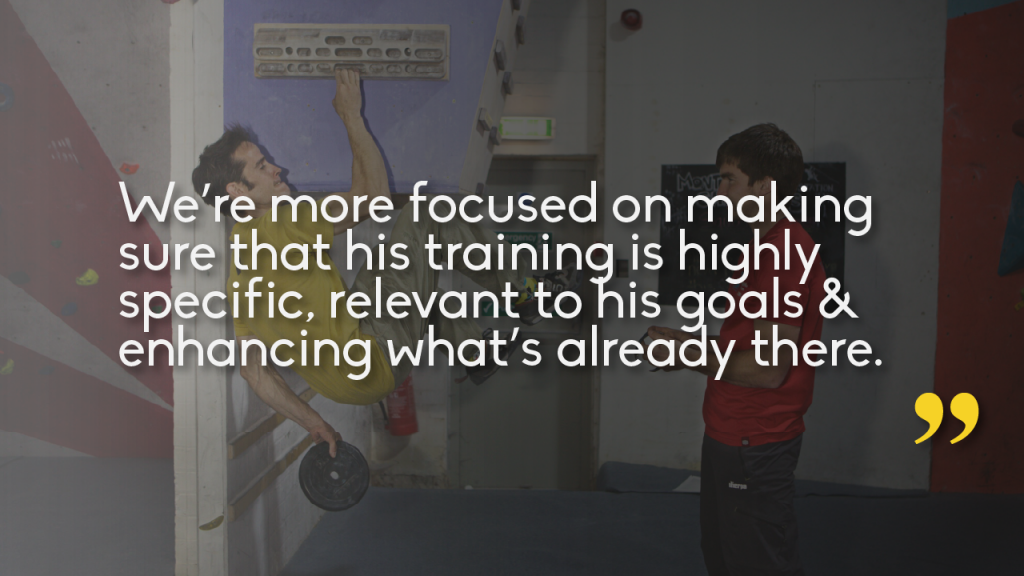
Lattice: Do you think your own approach changed massively as an athlete when you went from say 7b+ to 8b+? Or was it all small increments?
Ella: I think that for me I got to ~7c level without much structure and most of my time was spent climbing/dabbling with training for short stints.
Beyond this level I felt as though I needed to apply much more structure and focus to my climbing – I had an extended period of mostly bouldering and training on the fingerboard to improve my ability to execute harder movements, and in the last couple of years I’ve transitioned back to sport climbing. Patience has been key because the progress I’ve made in training hasn’t rapidly translated into improved performance outside (for various reasons).
I’ve also needed to spend a lot of time getting more experience on rock in recent years to make up for many years of being limited on this front due to work. I’d say that in the last year or so this has really started to show through in my performance.
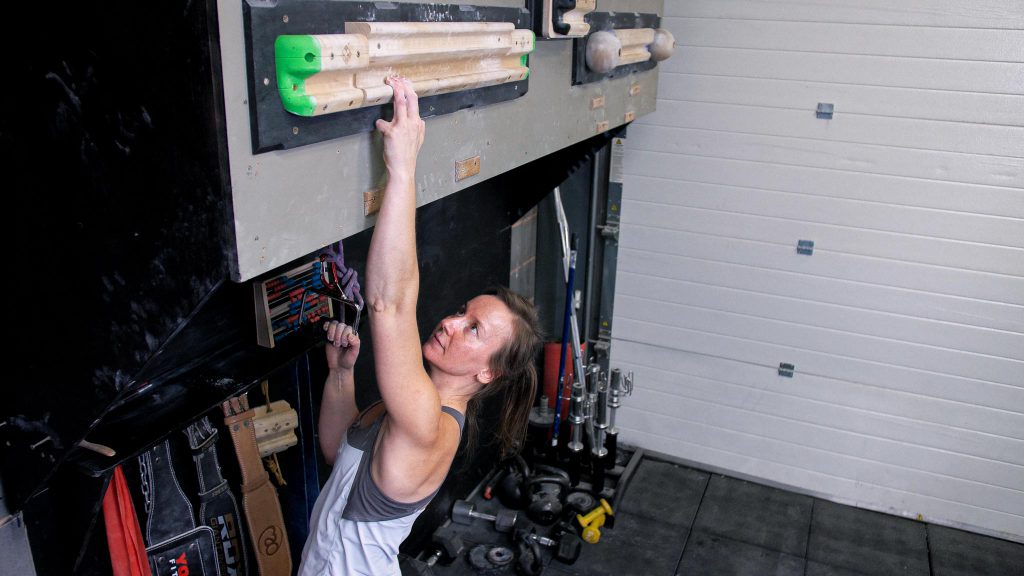
Lattice: What’s your approach on forms of fingerboard training to prepare for outdoor limestone season?
Ella: Gosh that’s a tricky question for a blog post – it definitely depends on the athlete, their training history and time available to train plus their climbing goals!
But generally speaking, if we assume that outdoor limestone will typically involve pulling on smaller edges (this is not always the case though!) in half crimp or crimped positions, you’d want to be prepared for this by incorporating some smaller edge work in your fingerboard and board sessions in the lead up to your peak phase.
What to do during a peak phase can really differ depending on the climber. To give Josh as an example, his finger strength was already incredible on small holds and Northern is an incredibly fingery route, so he was able to keep his finger strength in a very good place during his extended outdoor season this year without needing to do any standalone maintenance work on the fingerboard. If he hadn’t been able to regularly get on his outdoor project over the summer then we would have focused much more on using the fingerboard for recruitment and contact strength on small edges.
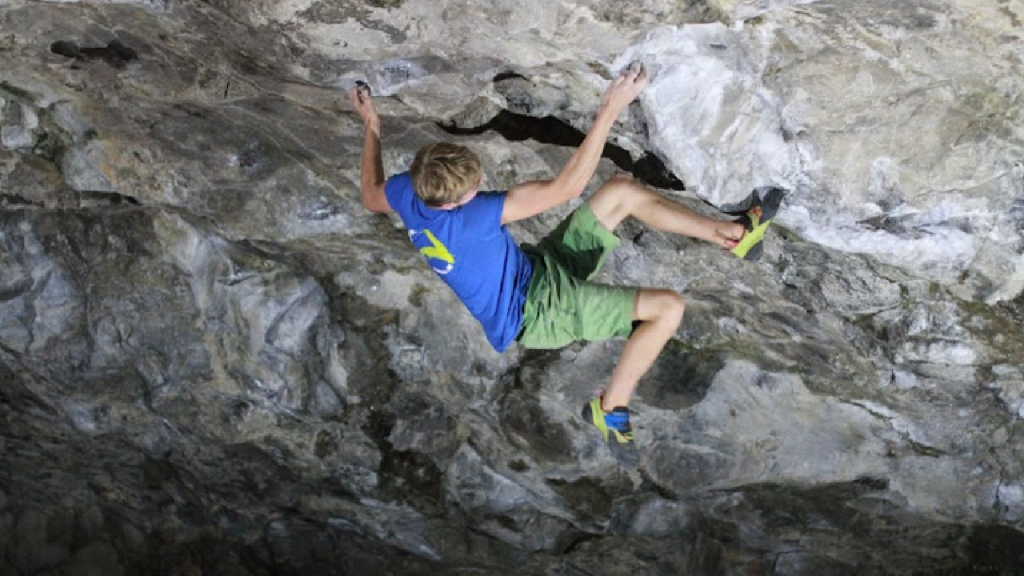
Lattice: Do you think there’s any anything in the lifestyle of the elite (around the 9a bracket) that tends to lead them towards their goals?
Ella: I’d say mindset and ‘slack in the system’ are two key lifestyle elements or approaches which distinguish most very elite level climbers.
When it comes to mindset this is multi-faceted, but drive and determination and being able to make sacrifices for the benefit of their climbing are key, along with being able to create the best environment for curiosity and learning, and ultimately, progression in their climbing.
“Slack in the system” is essentially a reference to making time for training and climbing, which has to include extended periods of time on rock across a range of styles. Most 9a climbers I know have spent multiple seasons or years either on extended trips or mostly climbing full time.

Lattice: If you could give every 18-25yr old, who’s hoping to climb 9a’s in their lifetime, a few pieces of advice on their training, what would they be?
Ella: Firstly I’d advise you to play the long game and invest time in truly mastering your sport. Yes you might just be able to get yourself up a 9a by solely dedicating yourself to one project over multiple seasons before you’re ready, but if you’re in the sport for the love of it and for the longer term, this could end up being very demotivating and a big injury risk! I would also climb with others who are better than you so you can absorb and learn from them.
Secondly, be consistent every year and take care to look after your body. Eat well, sleep plenty, and build up your training progressively and slowly (get advice from a coach or an experienced friend if you’re in any doubt about this). When you pick up a niggle (which will happen), see an experienced climbing specialist physio straight away and avoid pushing too hard too soon.
Thirdly, decide how you’re going to find the time and ‘slack in the system’ to go climbing as much as you can over the coming decade. This is often a tricky one because unless you’re in a very fortunate financial position of not having to work, you’ll need to fund your lifestyle whilst also making some sacrifices along the way (for example, not having a career which demands a significant investment of time/energy).
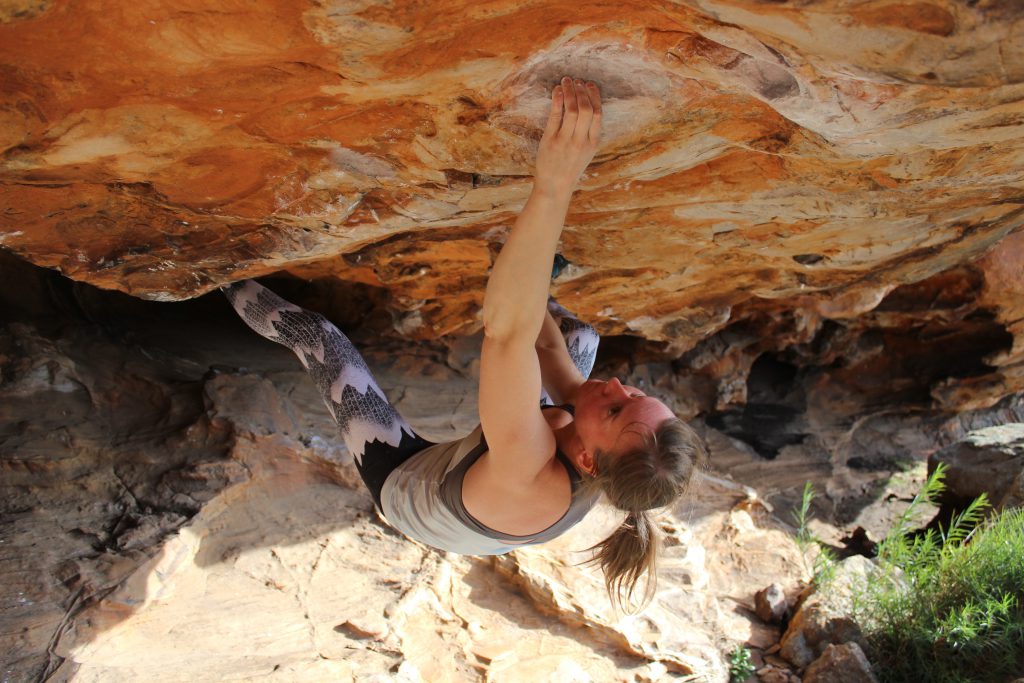
Thank you for reading this 2 part series of athlete and coach interviews – we hope you enjoyed!
Don’t forget to give Josh a follow on IG (@ibbertsonjosh) and Ella (@elskrussell) to see what they both get up to next, in their climbing journeys.




